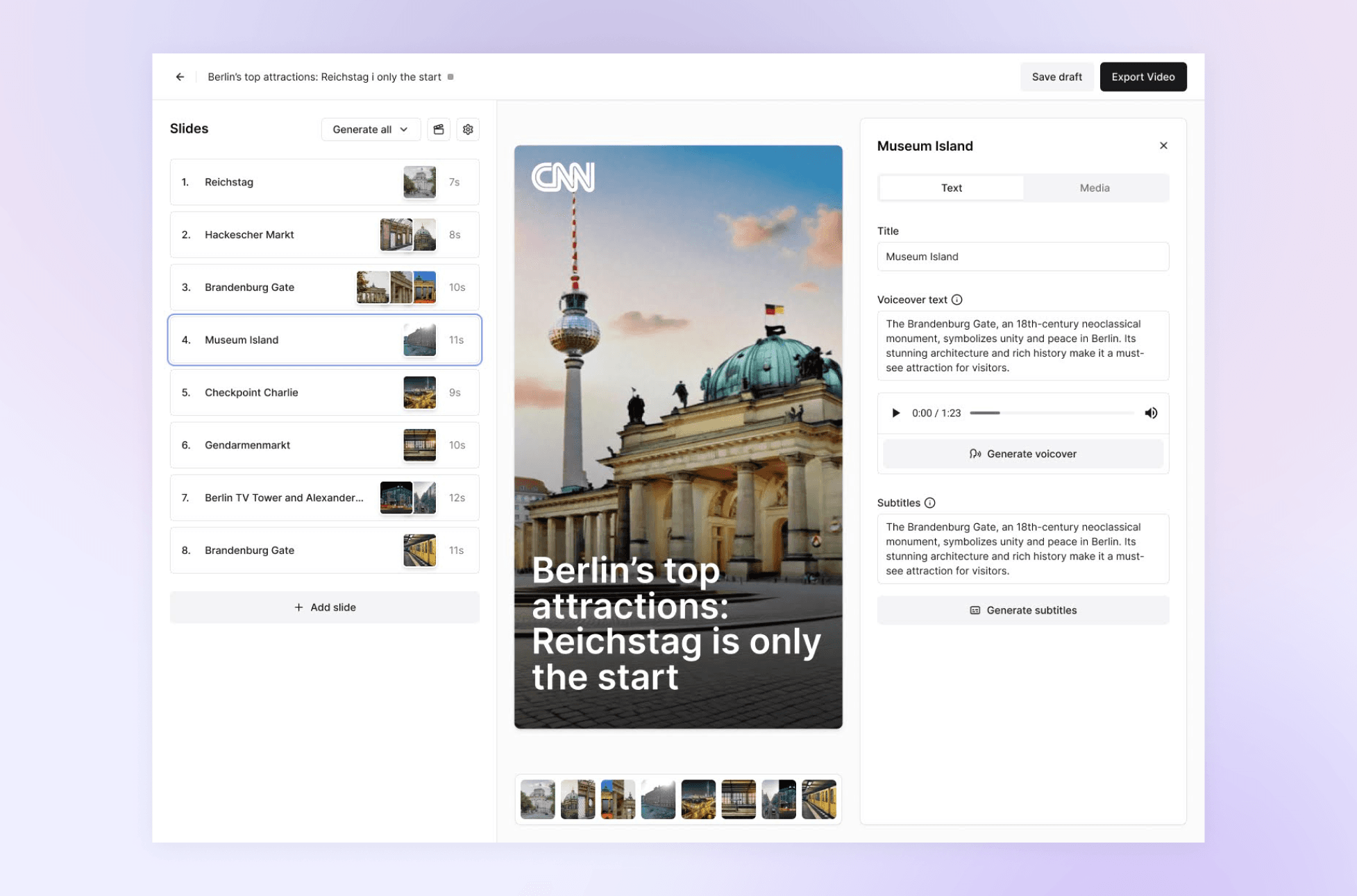MVP vs. PoC: The smarter path to product development
17 Mar 2025
In recent years, even large enterprises have begun adopting startup-like product development philosophies. Proof of Concept (PoC) has long been a recognized method for testing technical feasibility, especially as technology grows increasingly complex. However, the Minimum Viable Product (MVP) approach, while popular in literature and discussions, has been less common in established corporations. The challenge lies in adapting to an iterative, step-by-step product development model within rigid corporate structures that require budgeting, planning, and approvals.
Still, in recent years, more companies have begun embracing MVP on a meaningful scale. In this article, I will explore the distinctions between PoC and MVP, sharing Autentika’s experiences with these approaches in two different projects: LISER and Flipatic.
Understanding PoC and MVP
Before we go further, I would like to make a clear distinction between PoC and MVP. Sometimes those terms are used interchangeably, but while both help reduce uncertainty in product development, they serve different purposes:
PoC (Proof of Concept) serves as an initial experiment to determine whether a technical idea is feasible. It focuses on testing the core hypothesis without considering user experience or business viability. PoC helps answer fundamental questions like: "Is this technically possible?" or "Can we achieve this with our current capabilities?" If a PoC fails, it signals early that a given approach might not be viable, saving significant resources in the long run.
MVP (Minimum Viable Product): on the other hand, is a functional version of a product that delivers core value to early adopters. Unlike PoC, MVP is built for users, providing enough features to validate demand and gather real-world feedback. The goal of an MVP is not just to test feasibility but to determine whether a product has market potential and is worth further investment. It answers, "Should we build this?"
Case Study 1: PoC and MVP approach in a large public sector organization – Liser’s Climate Dashboard
Autentika had the opportunity to implement a structured PoC-to-MVP approach in a project for LISER, a publicly affiliated organization in Luxembourg. Given LISER’s conservative nature and structured decision-making process, adopting an iterative product development model was a challenge. However, budget constraints and the need for a rapid release made this approach the best fit.
The challenge
The project aimed to build a comprehensive Climate Dashboard, integrating multiple data sources, mapping functionalities, analytics, and statistics. The scope was vast, but rather than committing to an extended multi-year development cycle, the organization opted to build a streamlined version first.
PoC Phase: Testing feasibility
Before committing to full-scale development, the team needed to validate the feasibility of processing and visualizing LISER’s complex climate data.
LISER’s climate model produced data in formats that were too large for direct online use, which made real-time interaction difficult.
So, instead of jumping straight into a large-scale solution, we started with a small test area to evaluate the system’s capabilities before expanding. We built a custom data processing pipeline, optimizing raw data into a more manageable and web-friendly format. We also chose a mapping solution that provided a fast and smooth user experience, even when displaying large amounts of information.
The PoC successfully proved that our solution could handle LISER’s complex datasets at scale. This cleared the path for the MVP phase, where we focused on delivering a functional product.

Liser's Climate Dashboard
MVP Phase: Delivering value to users
With the PoC proving feasibility, the focus shifted to building an MVP that delivered immediate value while staying within budget and time constraints. Instead of committing to a long, multi-year development cycle, LISER opted to launch a streamlined version first, ensuring early feedback and stakeholder buy-in.
MVP Development Strategy
Instead of implementing every planned feature, we focused on mapping functionalities, analytics, and statistical tools that would provide the highest value to users. A working prototype was built and deployed within three months, allowing LISER to collect early user feedback.
The result
A functioning dashboard that delivers real value while paving the way for future iterations.
Case Study 2: PoC to MVP – Flipatic
Another example of Autentika’s experience with PoC and MVP comes from our internal project, Flipatic, a platform for transforming text articles into video content using AI.
Phase 1: Proof of Concept
The Flipatic project began with a fundamental hypothesis: Can we automate the conversion of written content into engaging video narratives? At the outset, the primary focus was on technical feasibility. The team experimented with different AI models, tool integrations, and processing techniques without considering the end-user or business model. This phase was an engineering experiment – a PoC to validate the idea.
After several weeks of testing, we confirmed that the technology was viable . The PoC phase established a clear technical foundation, proving that an AI-driven transformation process could be executed at a high-quality level.
Phase 2: MVP Development
With the technical feasibility confirmed, we shifted towards building an MVP. Through structured workshops, the team outlined a vision for the full-scale product while carefully extracting the core functionalities for the MVP. Rather than attempting to include every possible feature from the start, we prioritized the essential transformation workflow —the ability to convert articles into videos effectively.
By releasing an MVP, we were able to engage with real users, gather critical feedback, and refine the roadmap. Interestingly, some initial assumptions about user needs proved incorrect, while overlooked features turned out to be crucial. Without an MVP, these insights would have come at a much higher cost and risk.
PoC and MVP in corporate innovation
At Autentika, we observe that PoC and MVP methodologies are gaining popularity among large enterprises. Even when clients do not initially consider these approaches, we frequently propose them as strategic options.
A common concern in the industry is that MVP and PoC might not always align with a service provider’s short-term financial interests – after all, why encourage a phased approach when a client could commit to full-scale development from the start? However, we believe that advocating for these methodologies fosters trust, transparency, and long-term success.
By adopting PoC and MVP strategies:
- Clients minimize risk by validating technical feasibility and market demand before large-scale investments.
- Teams gain critical insights through real-world testing, allowing for data-driven decision-making.
- Companies can monetize earlier, as MVPs enable them to launch and iterate rather than waiting for a full product release.
Key benefits
The fundamental advantage of PoC and MVP is faster learning cycles. In the worst-case scenario, a PoC failure saves companies from investing heavily in an unfeasible idea. Likewise, an MVP prevents unnecessary spending on features that might not matter to users.
At Autentika, we apply these principles not only in client projects but also in our own product development. Our experiences with Liser and Flipatic confirm the practical benefits of this approach – delivering value faster, reducing uncertainty, and accelerating innovation. For businesses seeking to navigate complex digital transformations, embracing PoC and MVP is no longer optional – it is essential.
If you would like to explore whether an MVP or PoC approach could benefit your next project – let’s connect, and we’ll show you what we can do for you!



